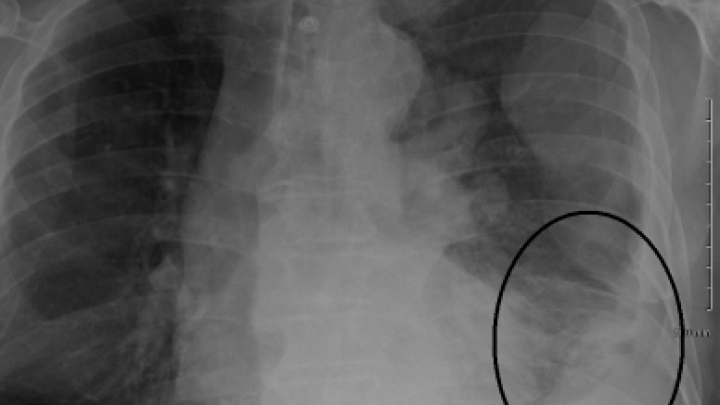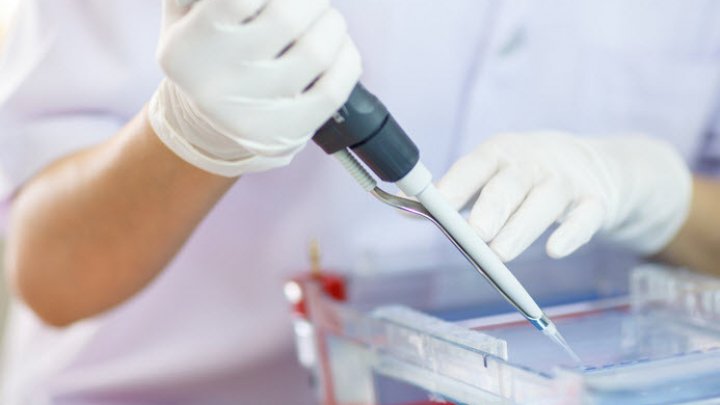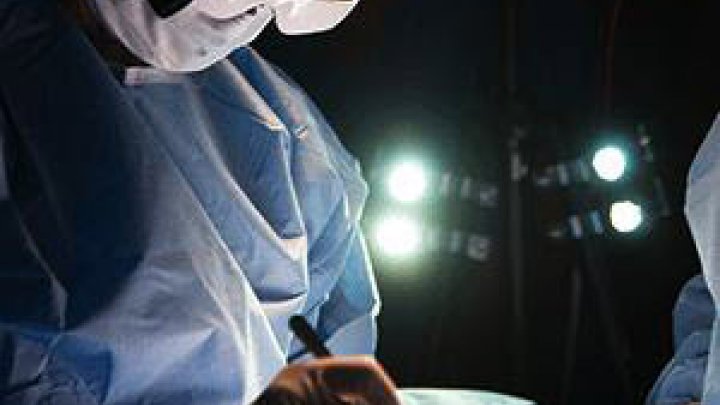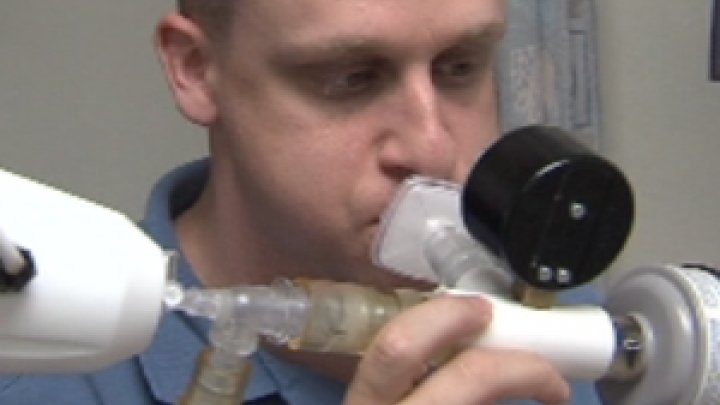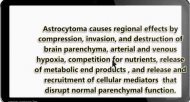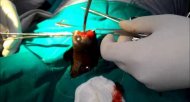Understanding Neuroblastoma: Risk Grouping
Neuroblastoma is a relatively common childhood cancer. About one in 10,000 children born will be affected. A diagnosis of neuroblastoma is frightening and trying to understand what comes next is often frustrating and confusing for the family. Children with neuroblastoma will often have surgery to assess and remove the main tumor. Lymph nodes will be tested from near the tumor, and from other parts of the body if it seems the cancer has spread. Other information and test results will be combined with the tumor's stage to assign the neuroblastoma patient to a risk group. Risk group classification helps determine the recommended treatment and helps to predict whether the tumor is likely to come back after treatment.
Standardized criteria for placing patients in risk groups have been, and continue to be, developed to ensure that everyone is "speaking the same language" about neuroblastoma. In the United States, many doctors have been using the Children's Oncology Group (COG) Risk Group Assignment. The International Neuroblastoma Risk Group classification is becoming more accepted as the standard to be used in the United States and throughout the world. While it is currently still being refined, it may eventually replace all other systems and become the standard system.
After testing, neuroblastoma may be categorized as low, intermediate or high risk. The risk group will be assigned based on the stage of the tumor, the age of the patient and certain characteristics of the cancer cells (such as the presence of extra copies of the MYCN gene or changes in chromosome number 11).
Staging of the tumor takes into account how much the tumor has spread using factors such as its location on one or both sides of the body, whether or not it can be completely removed at surgery, if and where cancer cells are found in lymph nodes and how far from the main tumor the cancer cells have spread.
Age may already be incorporated in deciding the stage of the tumor, but it may factor into risk grouping, as well.
Pathologists will help give neuroblastoma tumors a cellular grade. They examine the blood or tumor tissue of children with neuroblastoma and do special testing to identify certain markers or types of cells in the tumor. Some findings on these tests give information about how aggressive the tumor is expected to be and the therapy to which it will best respond. Tumors may be seen to have extra copies of the MYCN gene, abnormalities of chromosome 11 or abnormal numbers of total chromosomes in the tumor cells.
The details are quite complicated as there are many variables to be considered before final assignment of a risk group is made. In general, children who are younger, with cancers that have not spread, with lower stage tumors, who do not have tumor cells with abnormal genes or chromosomes will be placed in a lower risk group, with some exceptions.
Because of the complex nature of risk grouping, discussion with a care team experienced in neuroblastoma treatment is essential.



